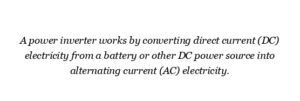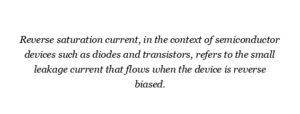Increasing the sensitivity of a potentiometer can be achieved by several methods. One approach is to use a potentiometer with a higher total resistance value. Potentiometers are available in various resistance ranges, and those with higher resistance values are more sensitive to small changes in position or resistance. Another method is to decrease the length of the resistive track that the wiper contacts. This reduces the range over which the wiper moves, thereby increasing sensitivity to small adjustments. Additionally, using a potentiometer with a finer resolution or smaller angular displacement per unit of resistance change can enhance sensitivity, allowing for more precise adjustments in electronic circuits and measurement devices.
To increase the sensitivity of a potentiometer, consider using a potentiometer with a higher total resistance. Potentiometers are available in various resistance values, and those with higher resistance values typically provide greater sensitivity to small changes in position or resistance. Additionally, adjusting the mechanical setup of the potentiometer can enhance sensitivity. This includes reducing the physical range of movement for the wiper or increasing the resolution of the control mechanism connected to the potentiometer. These adjustments can make it easier to achieve precise control over voltage, current, or signal levels in electronic circuits and applications.
Increasing the resistance of a potentiometer can be accomplished by selecting a potentiometer with a higher total resistance value. Potentiometers are available in different resistance ranges, such as 1kΩ, 10kΩ, 100kΩ, etc. Choosing a potentiometer with a higher resistance value allows for finer adjustments and increased sensitivity in applications where precise control over voltage or signal levels is required. It’s essential to select a potentiometer that matches the desired range and sensitivity needed for the specific electronic circuit or system.
The sensitivity of a potentiometer depends on several factors, including its total resistance value, the length of the resistive track, the mechanical design of the wiper and contacts, and the resolution of the adjustment mechanism. Potentiometers with higher resistance values and finer mechanical tolerances tend to have greater sensitivity, enabling more precise adjustments in electronic circuits. Additionally, the design of the potentiometer’s wiper and its ability to maintain consistent electrical contact across the resistive track contribute to overall sensitivity. These factors collectively determine how effectively a potentiometer can respond to small changes in position or resistance and maintain accurate control over electrical parameters.
In general, the sensitivity of a potentiometer is often greater when it has a higher resistance value. This is because higher resistance potentiometers allow for more precise adjustments and finer control over voltage, current, or signal levels in electronic circuits. Potentiometers with lower resistance values may be more robust and able to handle higher current loads but typically offer less sensitivity to small changes in position or resistance. Therefore, for applications requiring high sensitivity and precise adjustments, potentiometers with higher resistance values are preferred to ensure accurate control and measurement capabilities in various electronic devices and systems.


